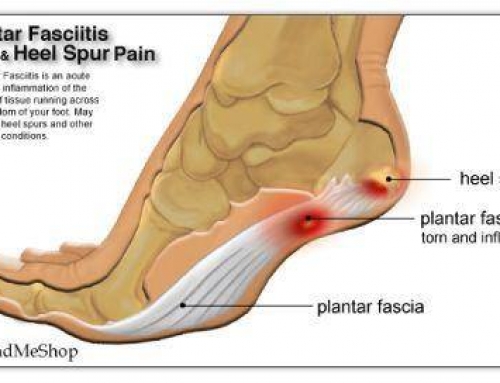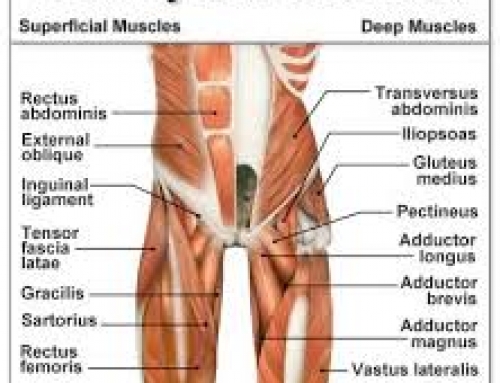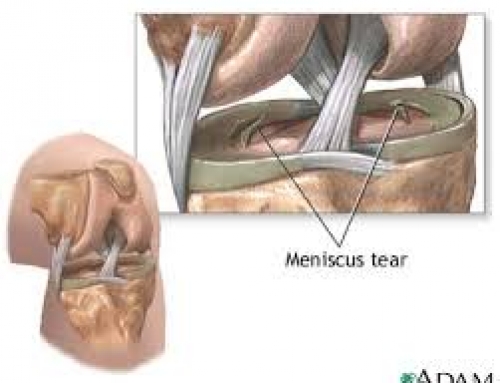Dry needling aims to help pain sufferers
Dry needling technique is to help patients find relief from pain.
The process involves using a combination of science and targeted needling of specific anatomical structures to provide individualized treatment when patients suffer long-term pain.
Dry needling works not only locally at the muscle to help the muscle to relax, but it helps neurologically to break the cycle of the brain and nerves telling to the muscle to be tight.
Dry needling is “a skilled intervention used by physical therapists that uses a thin filiform needle to penetrate the skin and stimulate underlying myofascial trigger points, muscular, and connective tissues for the management of neuromusculoskeletal pain and movement impairments.
In a nutshell, the procedure is used with the goal of releasing trigger points or causing them to become inactive, relieving pain.
Dry needling versus acupuncture
Acupuncture, a practice that has been in place for more than 2,500 years, is vastly different from the process of dry needling. Acupuncture is a type of Chinese therapy that is based on the theory of chi flowing through and around the body through meridians. Acupuncturists place several thin needles into the skin at predetermined points in order to allow the flow of chi to return.
In dry needling, we target dysfunctional structures within the body and inserts the needle to make the muscle loosen and, in turn, relieve discomfort. Additionally, the dry needling process helps the brain tell the muscle to relax instead of sending messages of pain to an affected area. It aims to decrease trigger points and reduce taut tissue.
We’re treating people individually by treating the dysfunctional structure itself. Patients typically get both subjective and objective results immediately, meaning that we should see an increase in range of motion, and the patient should say, ‘Wow, this feels better,’ where acupuncture can take an accumulation of treatments.”
The needles used in the process vary from the type of needles most people are accustomed to seeing. They are thinner and considered dry because they are a solid filament needle, not hollow like a standard hypodermic needle. The needles are not used to inject any type of fluid into the body.
The process doesn’t take long, and each stick of a needle is placed specifically to target a problem area.




